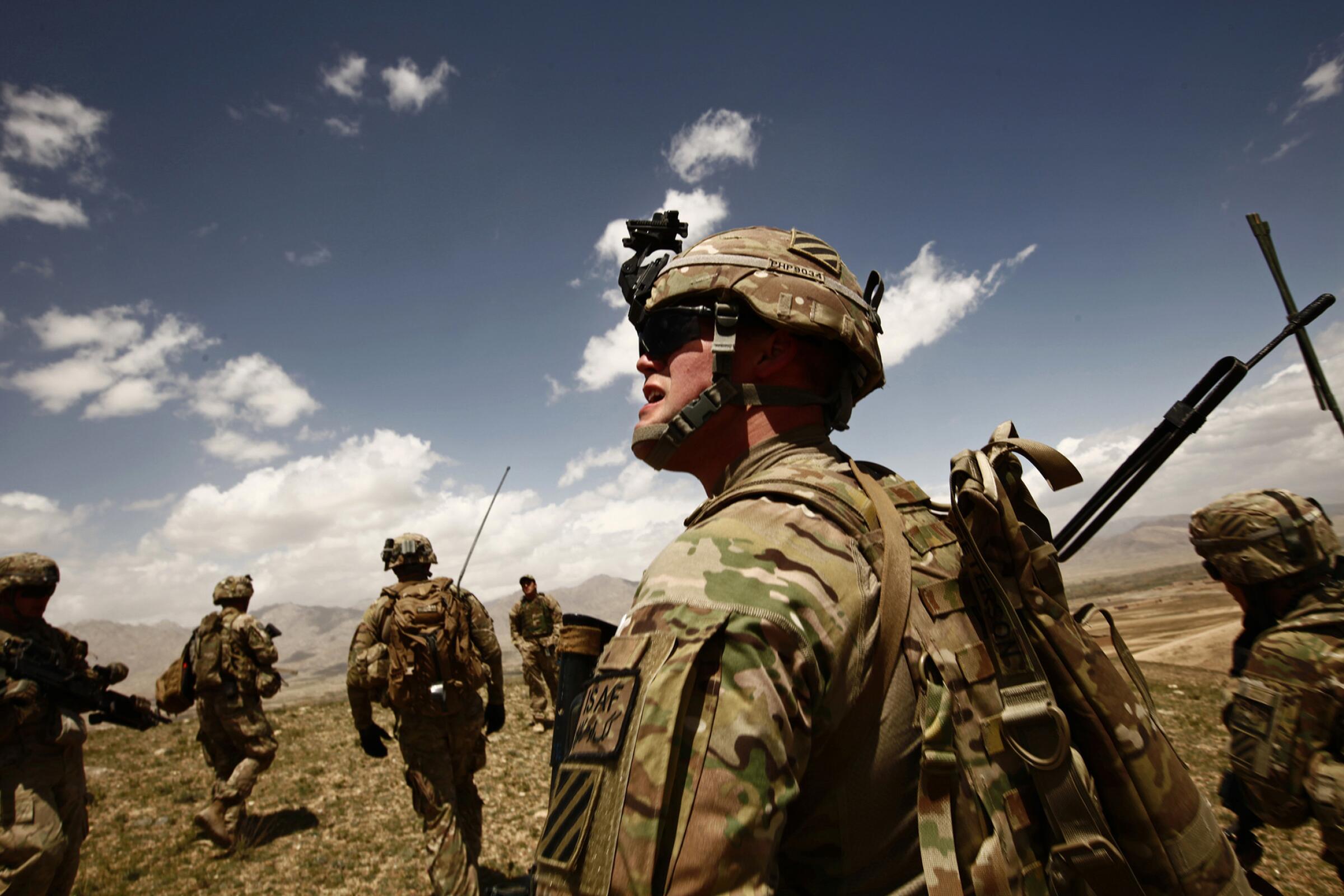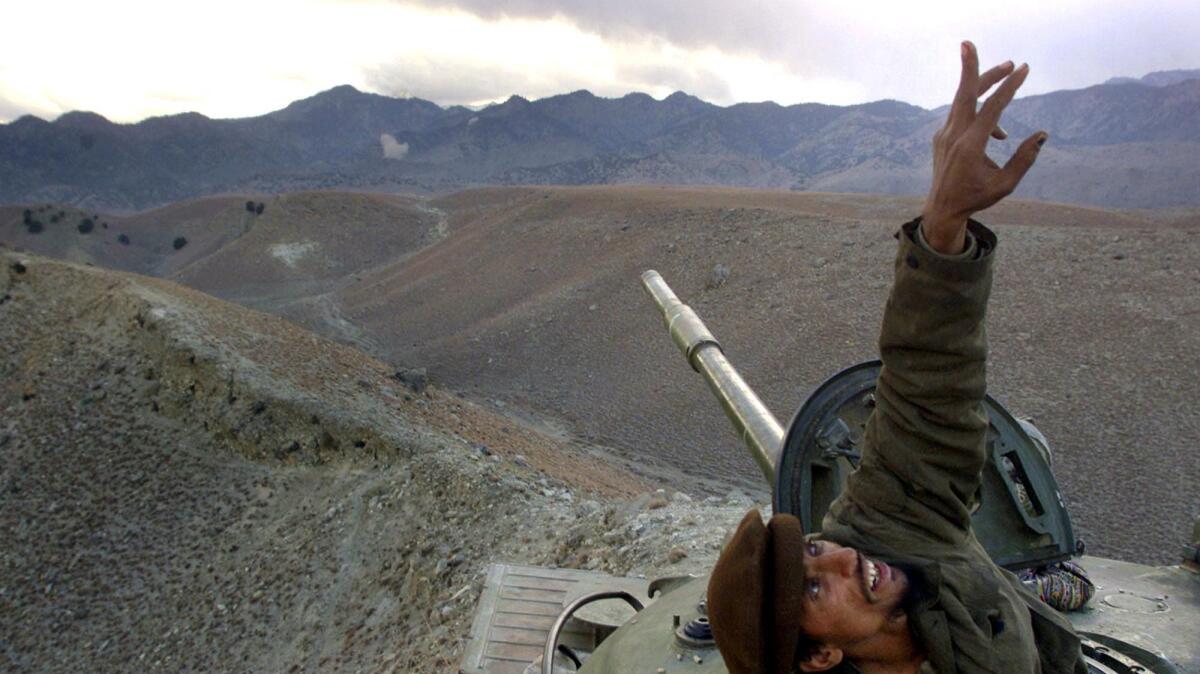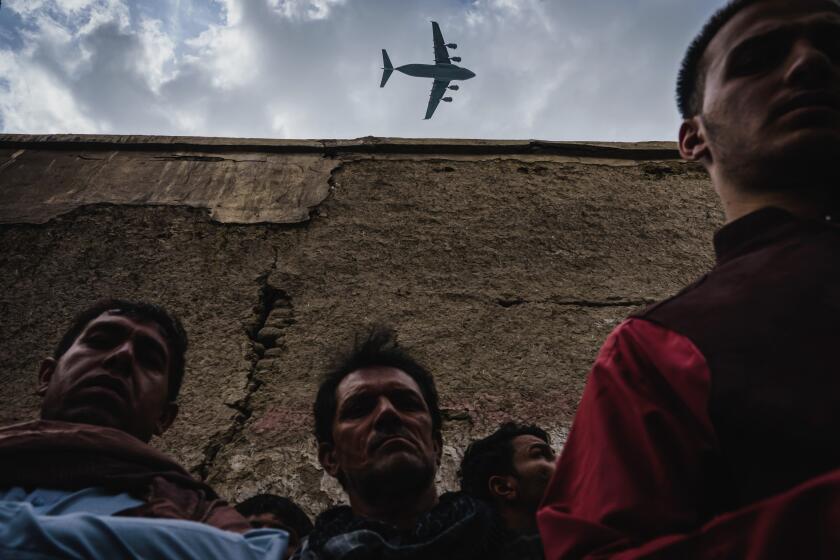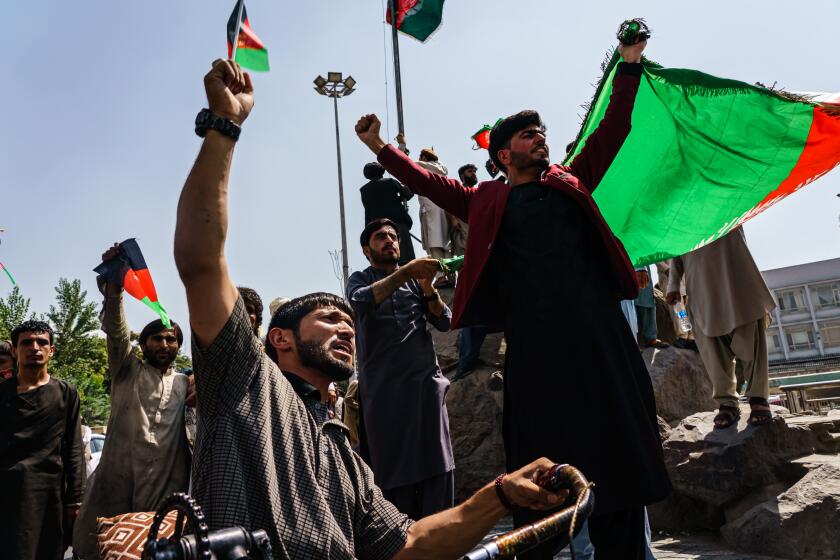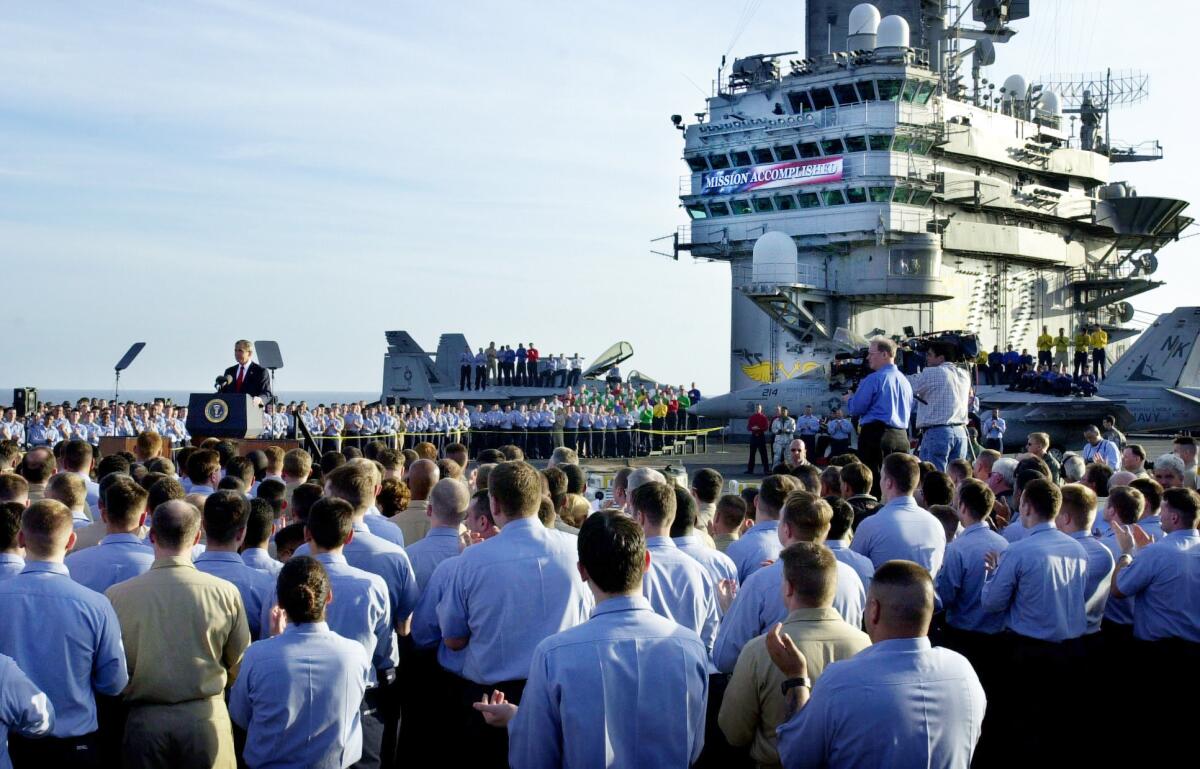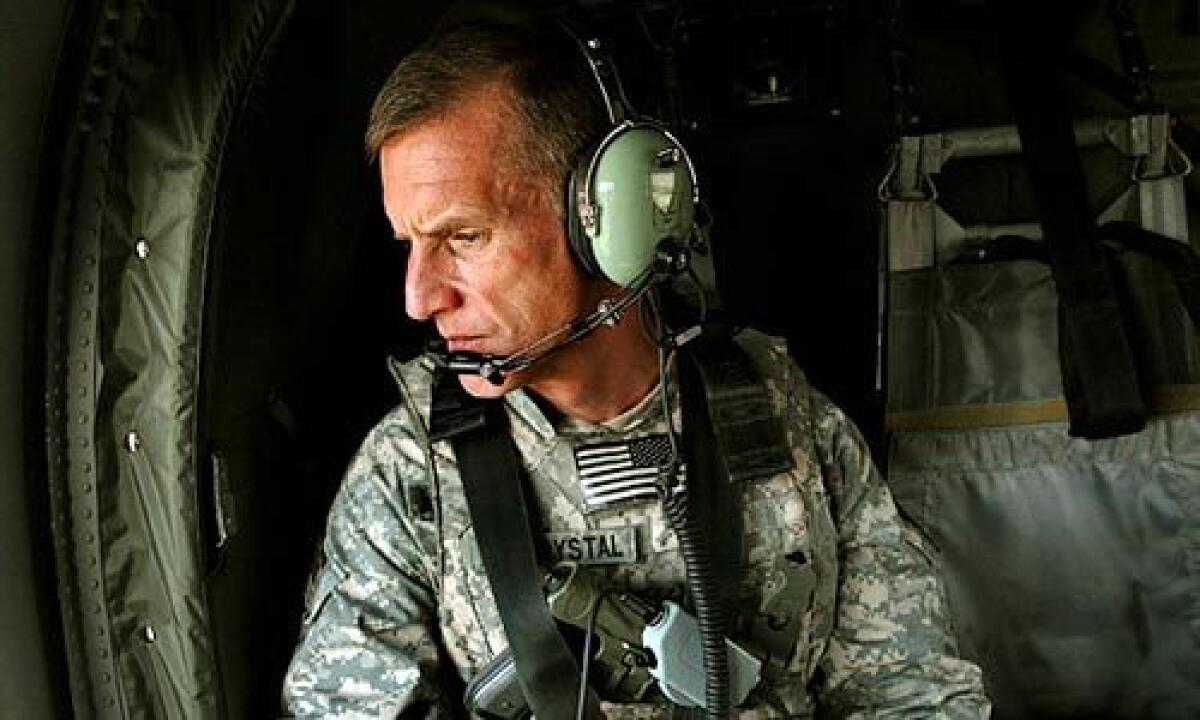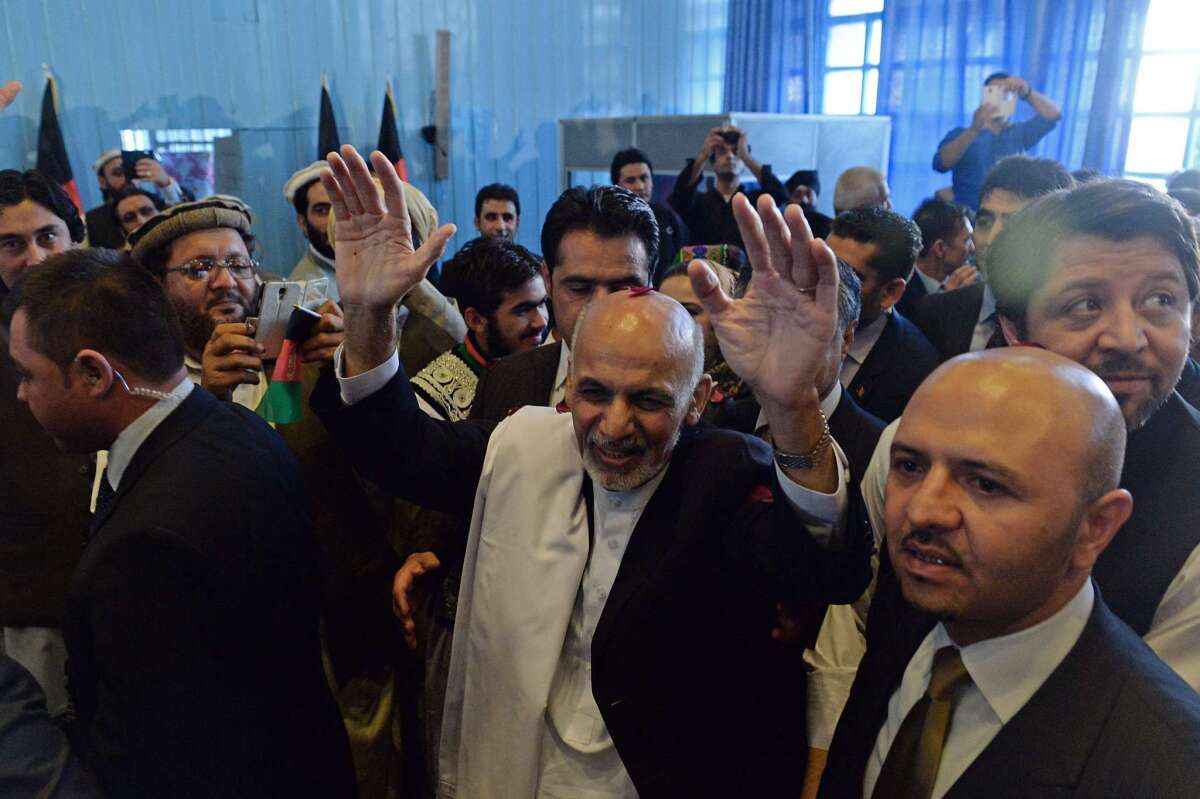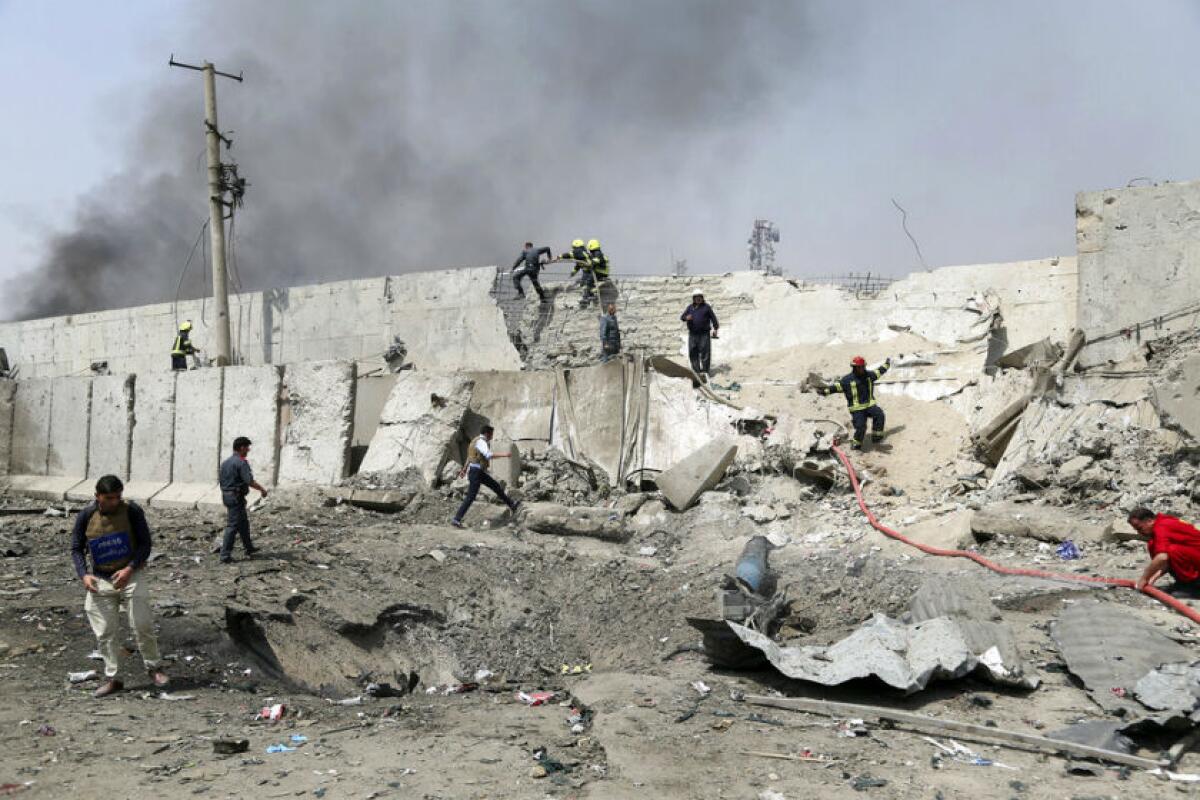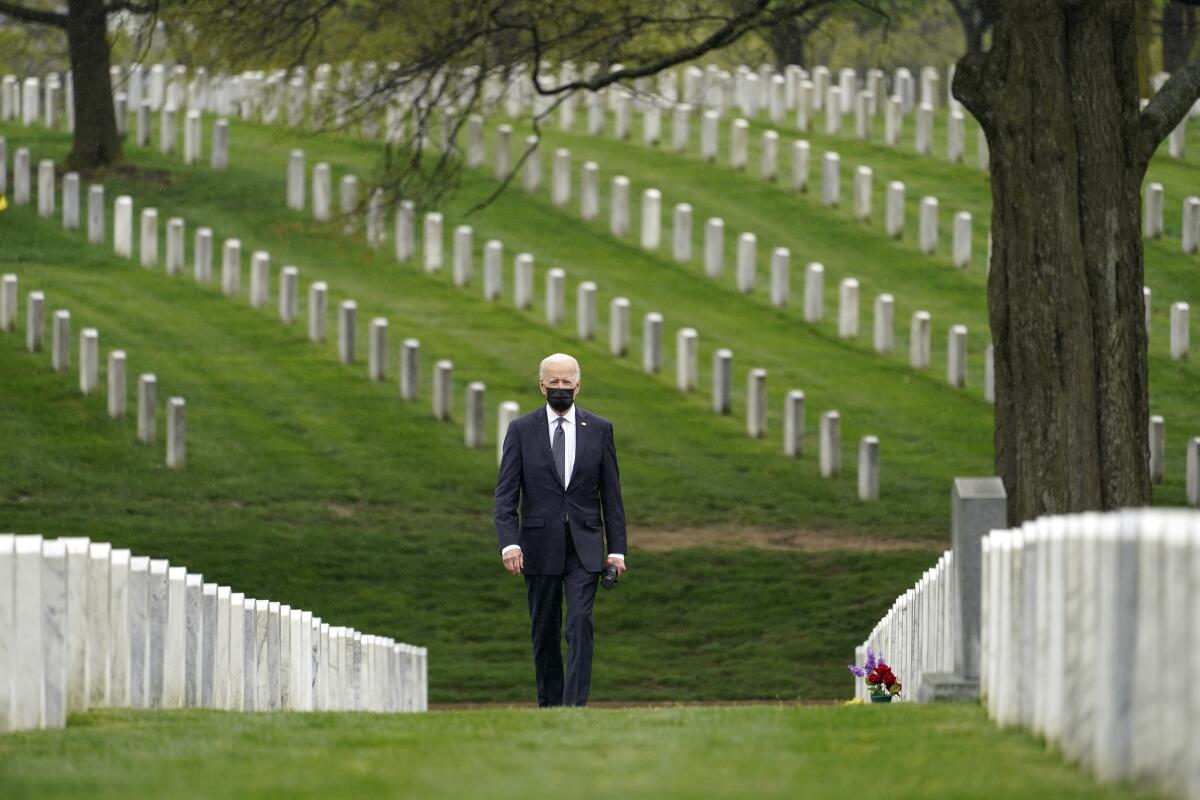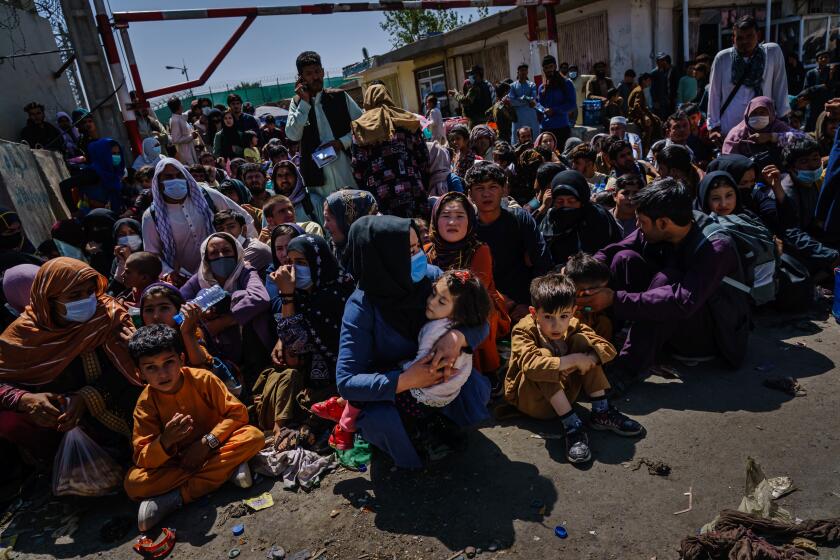No American war lasted longer than the U.S. engagement in Afghanistan, which began two decades ago after the Sept. 11 terrorist attacks. The final troops left this week, the closing chapter in a chaotic evacuation from Kabul.
About 2,500 service members died in the war. Although U.S. forces ousted the Taliban when they invaded, the fundamentalist group methodically rebuilt itself in the ensuing years before sweeping back into power during the American withdrawal.
Here are some of the major events from the conflict.
